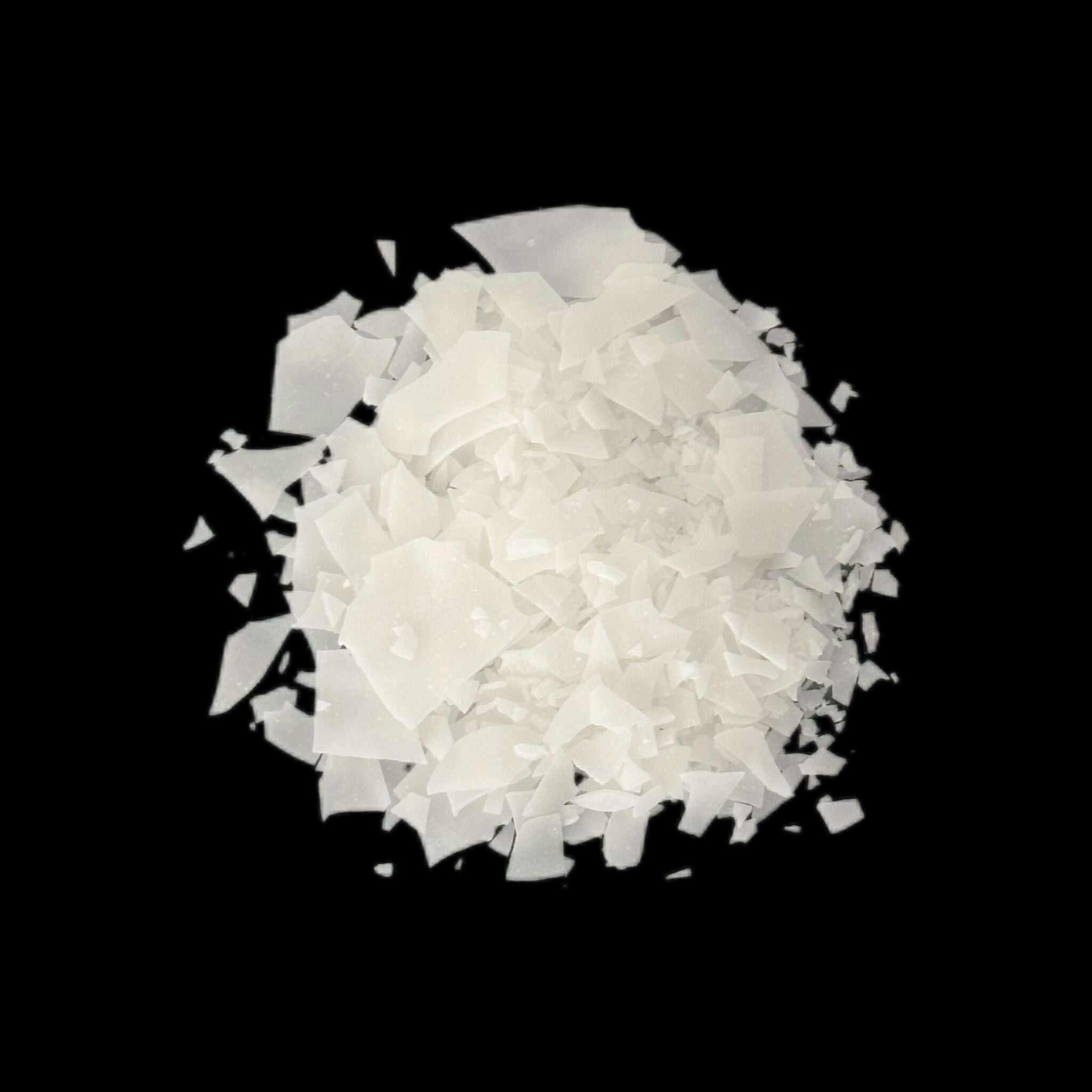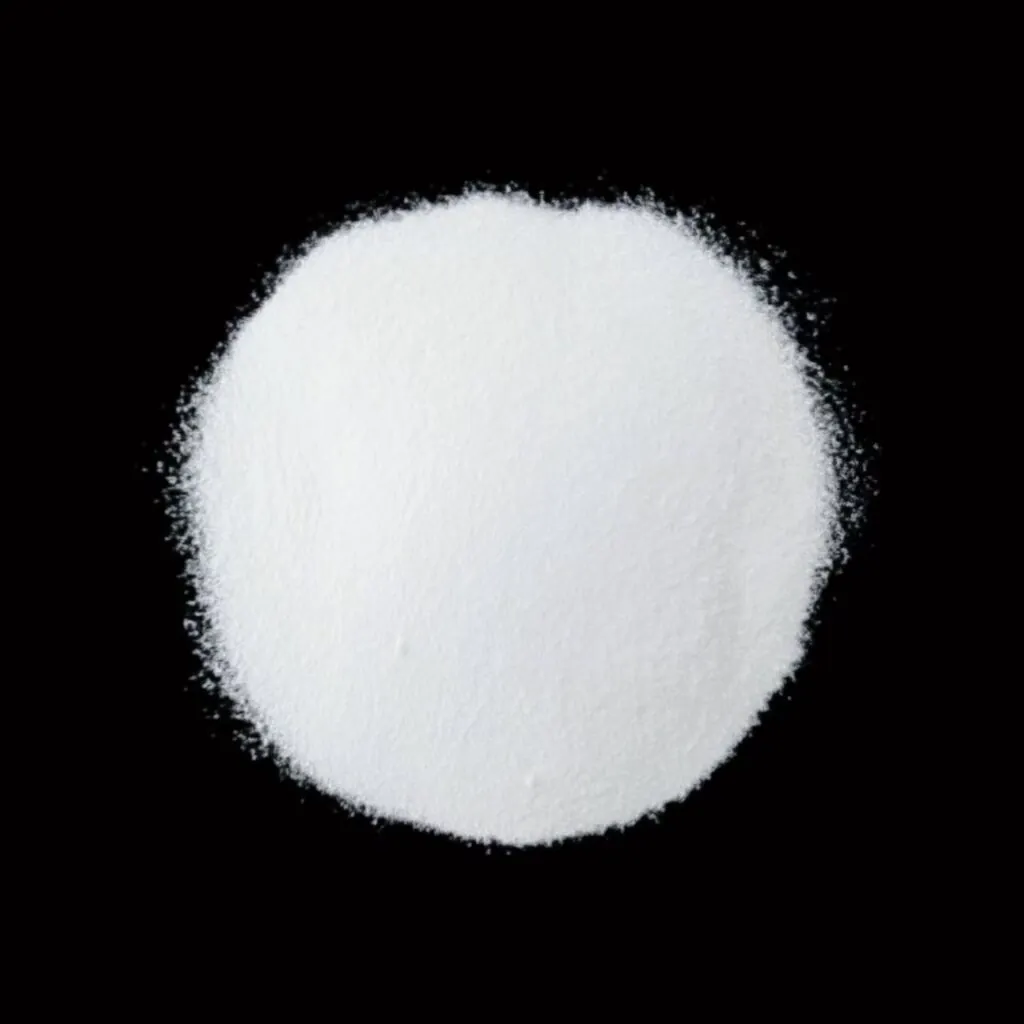Introduction: The Reliability Dilemma in Oleochemical Solutions
Industry reports show that 25% failure rates in manufacturing processes are common—are your solutions truly reliable? Among these manufacturers are numerous oleochemical manufacturers navigating the complexities of product outputs and quality assurances. The sector faces constant challenges, especially with fluctuating raw materials and changing compliance regulations. Despite advancements, many are left questioning the efficacy of their current methodologies.

Identifying Flaws in Traditional Oleochemical Solutions
Traditional manufacturing methods often come with inherent flaws. For one, many utilize outdated technologies that fail to meet the performance benchmarks required in today’s market. Additionally, these processes may be labor-intensive, leading to inefficiencies. It raises a question—why do failures always occur during crucial manufacturing stages? The misalignment between process and expected results often results in poor product quality and increased operational costs. Recognizing these pitfalls is the first step towards improvement.
Embracing Innovative Technologies and Their Principles
New technology principles emphasize automation and integration of sustainable practices—take, for instance, biocompatible materials. The key is—never ignore the technological parameters that can elevate production processes. Innovations such as digital manufacturing allow oleochemical manufacturers to optimize their workflows. These advancements not only streamline operations but enhance the overall sustainability of production, providing a strategic edge in a competitive market.
Quantified Benefits for Users in the Oleochemical Sector
Employing these new technologies yields significant user benefits. Enhanced biocompatibility and reduced waste can lead to both cost savings and increased product reliability. Look, it’s simpler than you think—adopt more efficient practices today to enjoy long-term gains. Data suggests that organizations leveraging these technologies report up to a 30% increase in production efficiency. For oleochemical manufacturers, this is a game changer.
Conclusion: Evaluating Oleochemical Solutions
Always verify these 3 metrics when choosing solutions: ① production efficiency, ② compliance with safety standards, ③ sustainability of materials. Being attentive to these factors will empower oleochemical manufacturers to make informed, strategic choices in a rapidly evolving landscape.
The Landscape of Oleochemical Companies
For an oleochemicals company, understanding market demands is crucial. Consumer preferences are shifting towards eco-friendly products, thus pressing manufacturers to adapt. The emphasis on sustainability not only addresses customer concerns but also aligns with global environmental standards. Companies need to prioritize the research and development of biodegradable alternatives to remain competitive.
Innovative Practices in Oleochemical Manufacturing
Successful oleochemicals company practices integrate advanced analytics in their production lines, yielding improved outcomes. Think about it—if you can analyze production data in real-time, you can swiftly respond to any inefficiencies or quality issues. This proactive approach reduces downtime and fosters a culture of continuous improvement, making for a resilient manufacturing environment.

Final Thoughts: Why Choose Zanyu?
In summary, navigating the complexities of oleochemical manufacturing requires a keen understanding of both traditional limitations and modern solutions. As highlighted, Zanyu emerges as a leading Zanyu brand, offering unmatched supply advantages in today’s industrial landscape. Their commitment to innovation and sustainability positions them as a reliable partner for oleochemical manufacturers. Choose Zanyu for your manufacturing needs and experience a partnership built on excellence and reliability.
